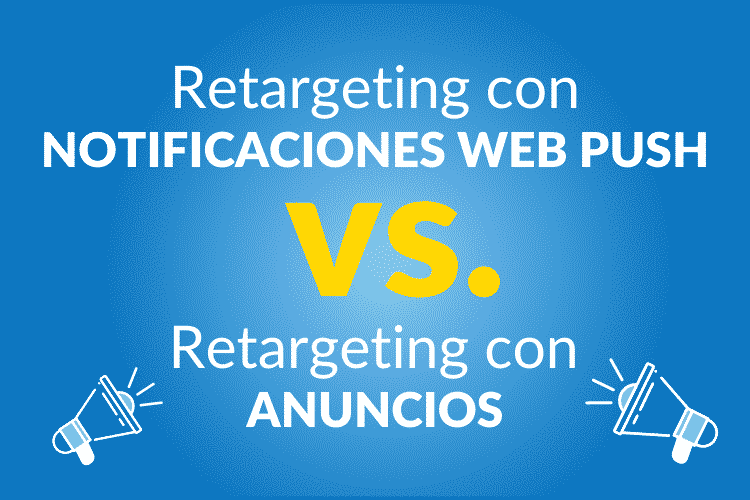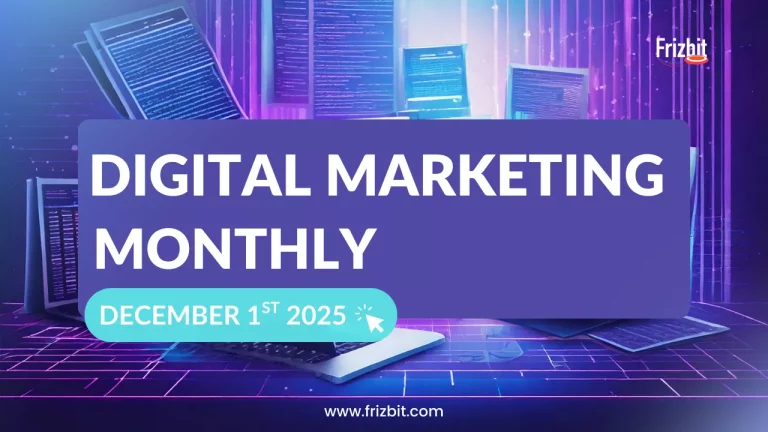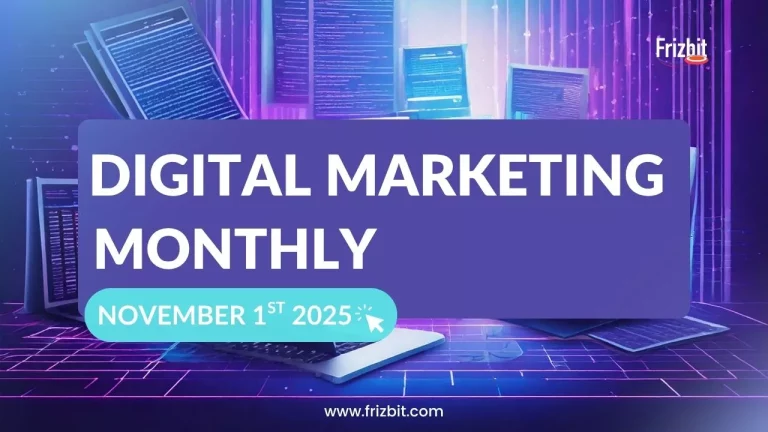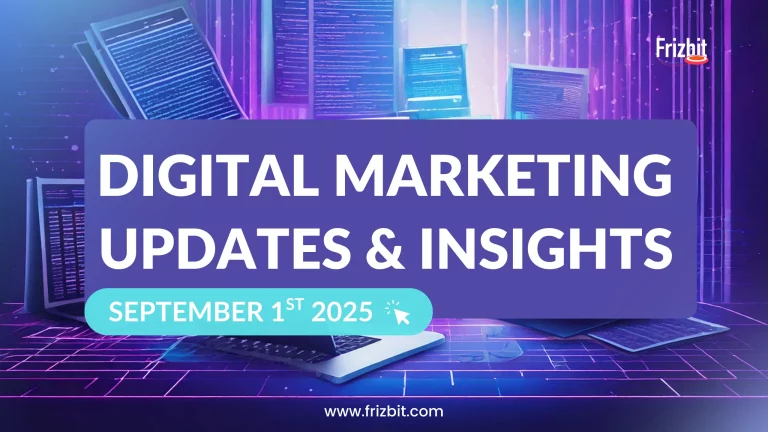If you own an online store or work on any branch of the digital marketing environment, you know and value the importance of advertising on the web to reach potential customers and bring back visitors. Nowadays, there are many platforms, media, channels and strategies to do so, but one of the most popular is definitely retargeting.
What is retargeting?
Retargeting is a digital marketing strategy used by online stores to bring back customers that visited a site but didn’t convert, whether completing a purchase, subscribed or filled a form. Even though retargeting is mainly known for ads, There are many possibilities within the retargeting scenario other than: ads:, email, sms and web push notifications.
What are retargeting ads?
One of the most popular strategies is retargeting ads. When a user visits a site, they usually get a cookie or a pixel that tracks their behaviour on the webpage. After they leave, said cookie helps brands follow the user and show ads related to the category or product they expressed interest in the site, with the objective of bringing them back and completing a conversion.

This strategy doesn’t require users to fill forms or leave any type of information such as email or phone number, since their actions are tracked based on browser and not personal data. However, for the residents in the EU, they should have allowed cookies first.
One of the main benefits of retargeting ads is that they are directed to users that have already expressed interest in your brand and products, hence increasing the conversion rates probabilities. It’s always easier to re-engage with people that already visited the site because of an own, genuine interest than by targeting potential customers that haven’t even heard of your brand before. That’s why retargeting ads have become such a popular and powerful tool.
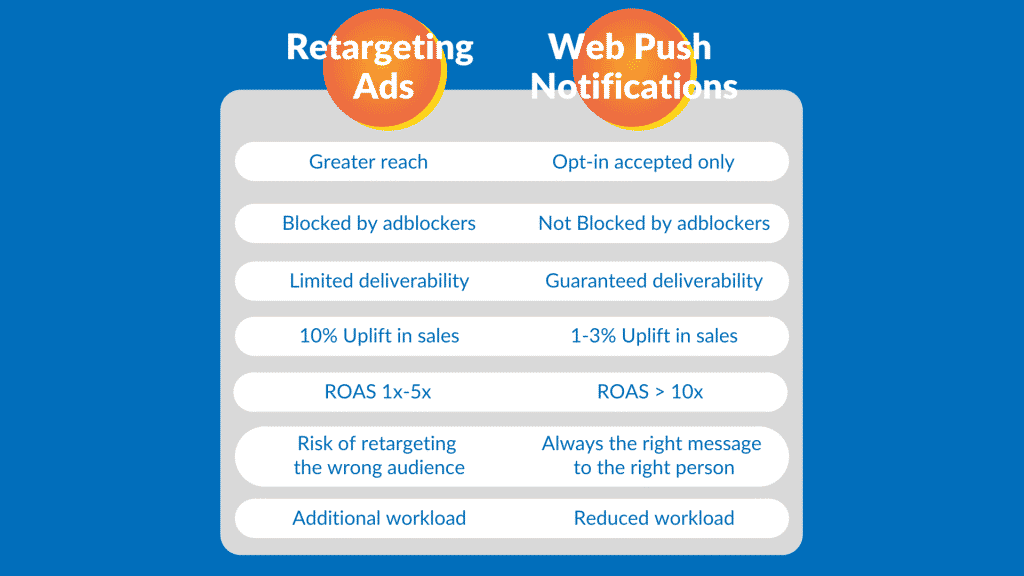
Should I use retargeting ads for my website?
Even though they have a well-deserved reputation, retargeting ads also have some downsides to take under consideration before deciding to use them as a part of your digital marketing mix.
- Reach: One of the main advantages of using retargeting ads is that they allow you to reach almost everybody who allows cookies anywhere on the web. After a user visits your web, it practically doesn’t matter where they’re browsing next, either a blog or media website, social media or any other type of web page who shows ads open to ad exchange. If you’re using retargeting ads campaigns, you can reach them very easily and invite them to go back to your website. Consider that, even if you don’t get a conversion, by using this channel your brand will be on the top of mind of your target audience.
- People use ad blockers: Users tend to feel harassed and can find retargeting ads creepy because of the “following around” sensation they cause. According to Statista “In 2019, roughly 25.8 percent of internet users were blocking advertising on their connected devices” and that number is expected to continue growing in time. The overwhelming amount of advertisements displayed on websites, make navigation uncomfortable for users who ultimately decide to install ad block extensions in their browsers. This means that a bunch of the budget destined to online ads is lost and the message never reaches potential customers.
- Dependence on deliverability: consider that people who don’t use ad blockers, are bombarded with ads on every website they visit. They are used to seeing a lot of advertisements and it’s very easy to overlook them to just focus on the content they actually want to see. On top of that, for users to come across that ad you put so much love into, they have to navigate a web site that belongs that reaches your display network, which minimizes the probability of the ad fulfilling its function.
- Uplift in sales: you can reach up to a 10% uplift with retargeting ads if you choose your bid targeting properly. If you bid higher, you generate more sales while being less profitable, or if you want to be more profitable you bid less and you reach less people and uplift will be more limited. The point with using this strategy is to re-engage with users that have already visited your site and have expressed interest in your product or service. Since you already got their attention once, it’s much easier to obtain a conversion with them, translating into an uplift of your sales.
- Profitability: are retargeting ads profitable? The short and simple answer here is it depends. You have to keep in mind that it mainly depends on your CPC and ROAS objectives and also the quality of your campaign, your audience segmentation. The higher CPC you bid, you get more impressions but your ROAS decreases and vice versa. When retargeting the right audience you can see a great increase in conversion and end up with a great ROI. But one of the most important factors when it comes to using retargeting ads, is that you’re bidding against your direct competitors and if their CPC bids are higher, your ad won’t get the impressions that you expect.
- Retargeting the wrong audience: If you don’t do the integration properly using the “tracking pixel”, you could be losing money by reaching a customer that already bought a product because retargeting ads are not behaviour based. When users enter your site and you leave a cookie on them, if they directly decide to purchase a product on that first visit, they’re going to get an ad later. Not only will you waste your budget by displaying an ad that’s going nowhere, your brand’s reputation will be negatively affected by appearing intrusive and irrelevant.
- Additional workload: depending on the platform you’re working with, your retargeting ads might need to be updated frequently, if you keep showing the exact same ad, with the same message and images to your potential customers, they’ll get bored. You need to dedicate time into designing and creating different versions of the ad that you want to display periodically so users don’t get used to seeing them or bored by them. This translates into an additional workload for you.
Is there an alternative to retargeting ads?
The brightside is that technology is offering marketers new, innovative ways to re-engage online visitors. The direct and best alternative to retargeting ads campaigns are automated web push notifications. They also don’t require users to provide any type of personal information, are browser based and take the lead when it comes to personalisation and reach.
- Ad blockers don’t affect them: ad blocker extensions don’t block or affect web push notifications in any way. When a subscriber opts-in and consents to receiving them, the message will always be delivered when users open their browsers, on both mobile or desktop, and start navigating any site. Web push notifications have a much higher acceptance than retargeting ads, especially because you give people the choice to allow or block them and opt-out whenever they want to: you put them in control so they don’t find them creepy or inappropriate. Some extensions can block them.
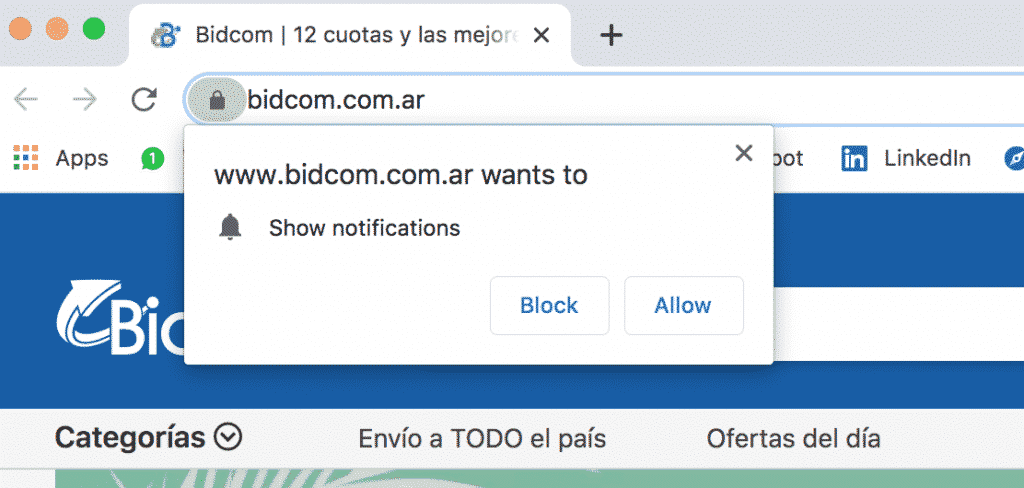
- The right message to the right person at the right time: automated web push notifications allow you to create message sequences based on individual consumer behaviour. These messages are triggered by events the users complete on your website. For example, if a user browses a product page but doesn’t add the article to the basket, he will receive a retargeting web push notification as a reminder to continue with the shopping process. This triggered notification won’t be sent if the user ads the product to the cart and so on: one event excludes the other. This automation guarantees that users will receive the right message with a high level of personalisation that retargeting ads don’t allow.
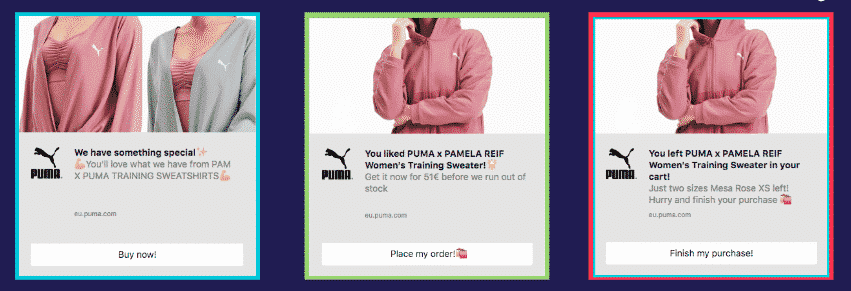
- Guaranteed deliverability: one of the biggest advantages of web push notifications is their reachability. Users who opt-in receive them on both desktop and mobile devices, regardless of the website they’re navigating on. Unlike retargeting ads, web push notifications are shown on any website, not the publishers or a network display one. This guarantees that your message comes across every time. As another benefit, when it comes to retargeting ads, as we mentioned before, it’s very easy for them to get lost in a jungle of ads displayed on a site. This will never be a problem with web push notifications, as they’ll appear on a corner of the screen (on desktop) or a regular app notification on mobile devices. Users just won’t miss them.
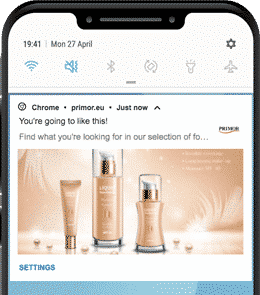
- Automation reduces workload: the setup process of the campaigns has to be done just one time only. Service platforms like Frizbit take care of the integration process in just a day and hand over ready-to-use templates that clients can customise as much as they want. This means that you won’t have to be creating, designing and changing your campaigns constantly to keep it interesting for your potential customers. Web push notifications by Frizbit include dynamic parameters that fill in automatically to make the message as personalised and relevant as it can be by adding user name, product name, brand and images and more. There’s no other retargeting channel that allows as much customisation as web push notifications do.
Should I use retargeting ads or automated retargeting web push notifications?
To sum up, the truth is that a great digital marketing strategy includes a mix of channels combined to get the best results and achieve objectives the most efficient way possible. Retargeting ads and web push notifications can easily coexist in the same online strategy. However, the pros and cons of each channel are very clear.
Ultimately the decision will have to be based on your industry, type of products and budget. Between both channels, web push notifications have shown to offer greater results in terms of ROAS, click-through rates and conversion rates.
You are welcome to read our clients success stories and see for yourself what an automated web push notification retargeting campaign can do for your online business.
